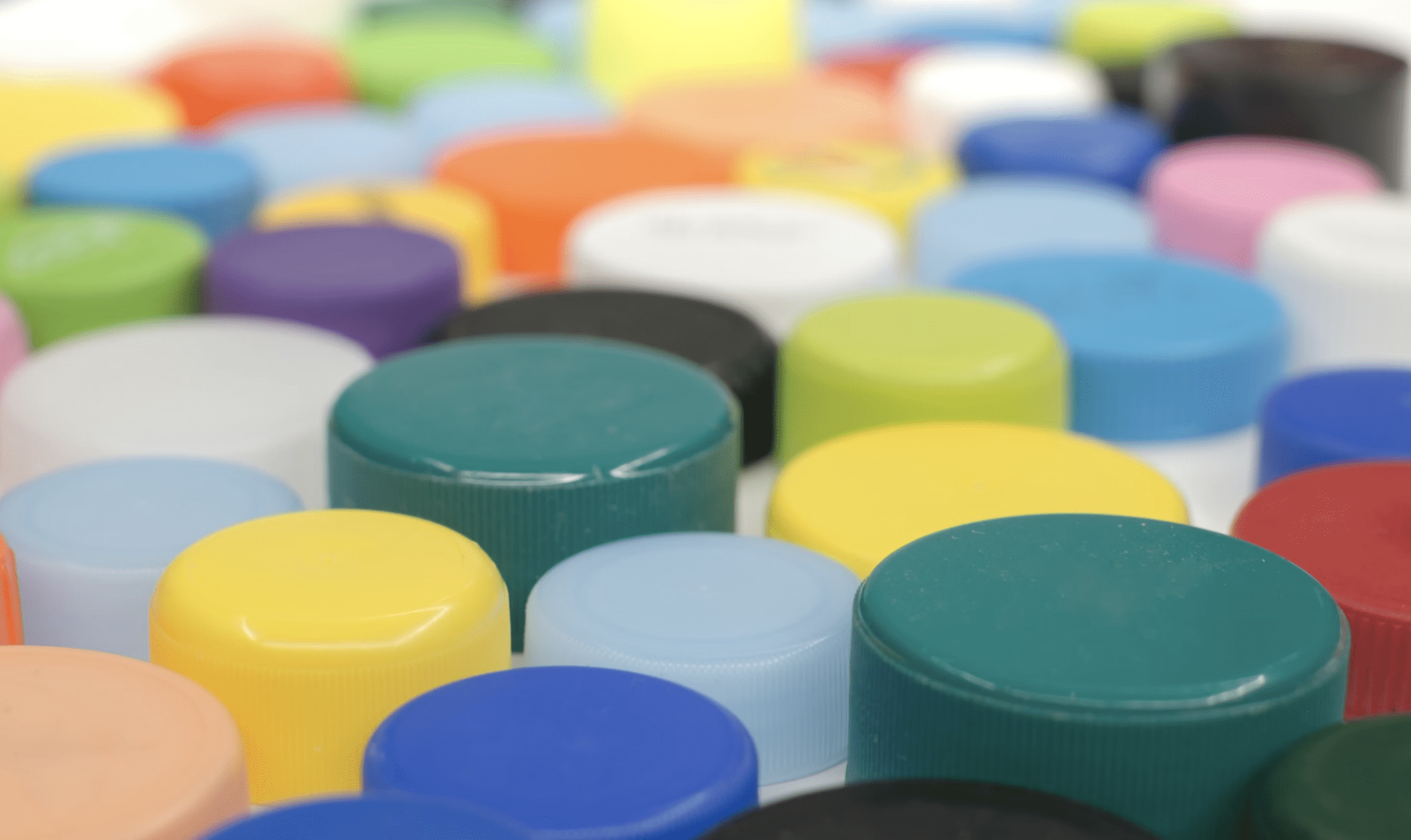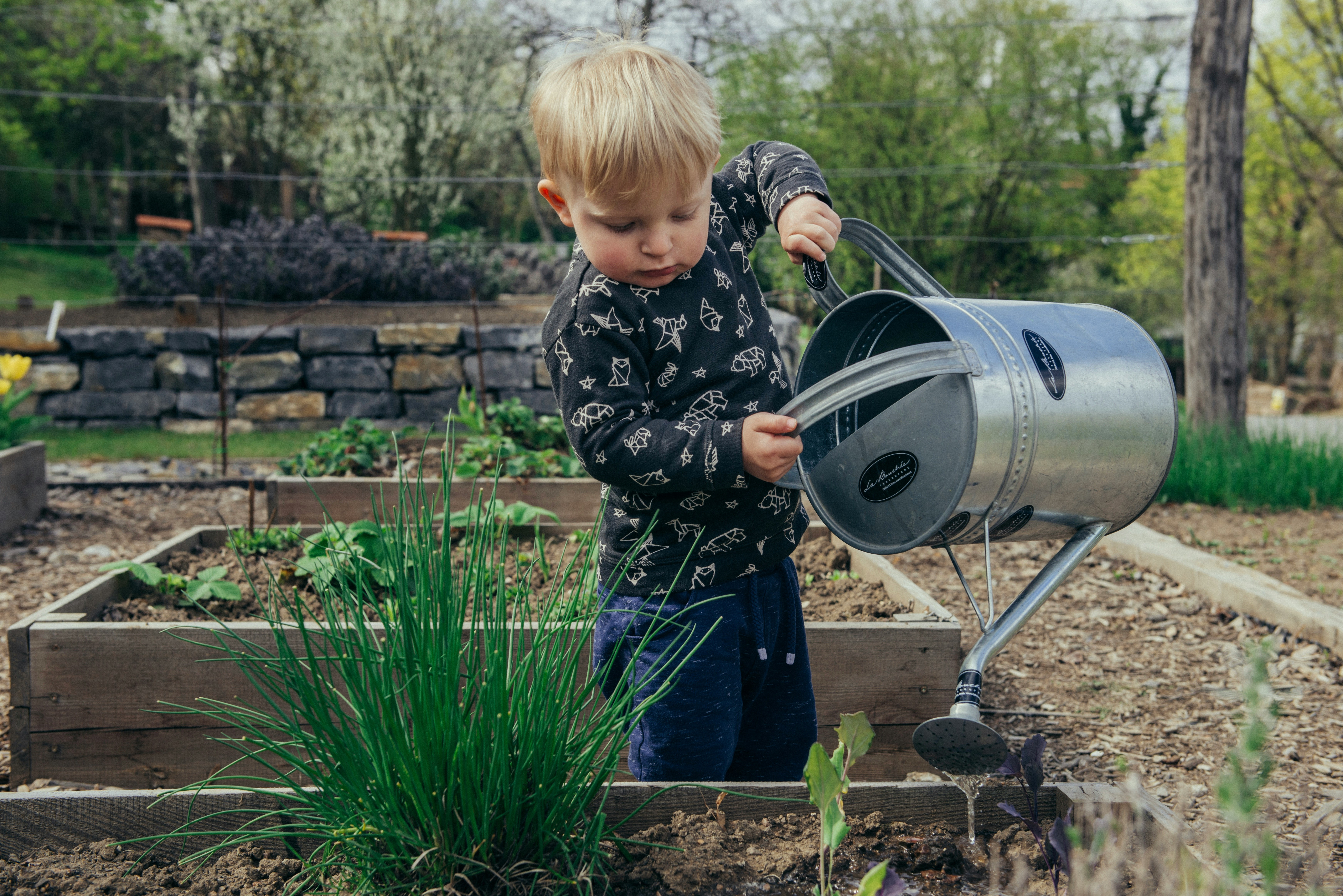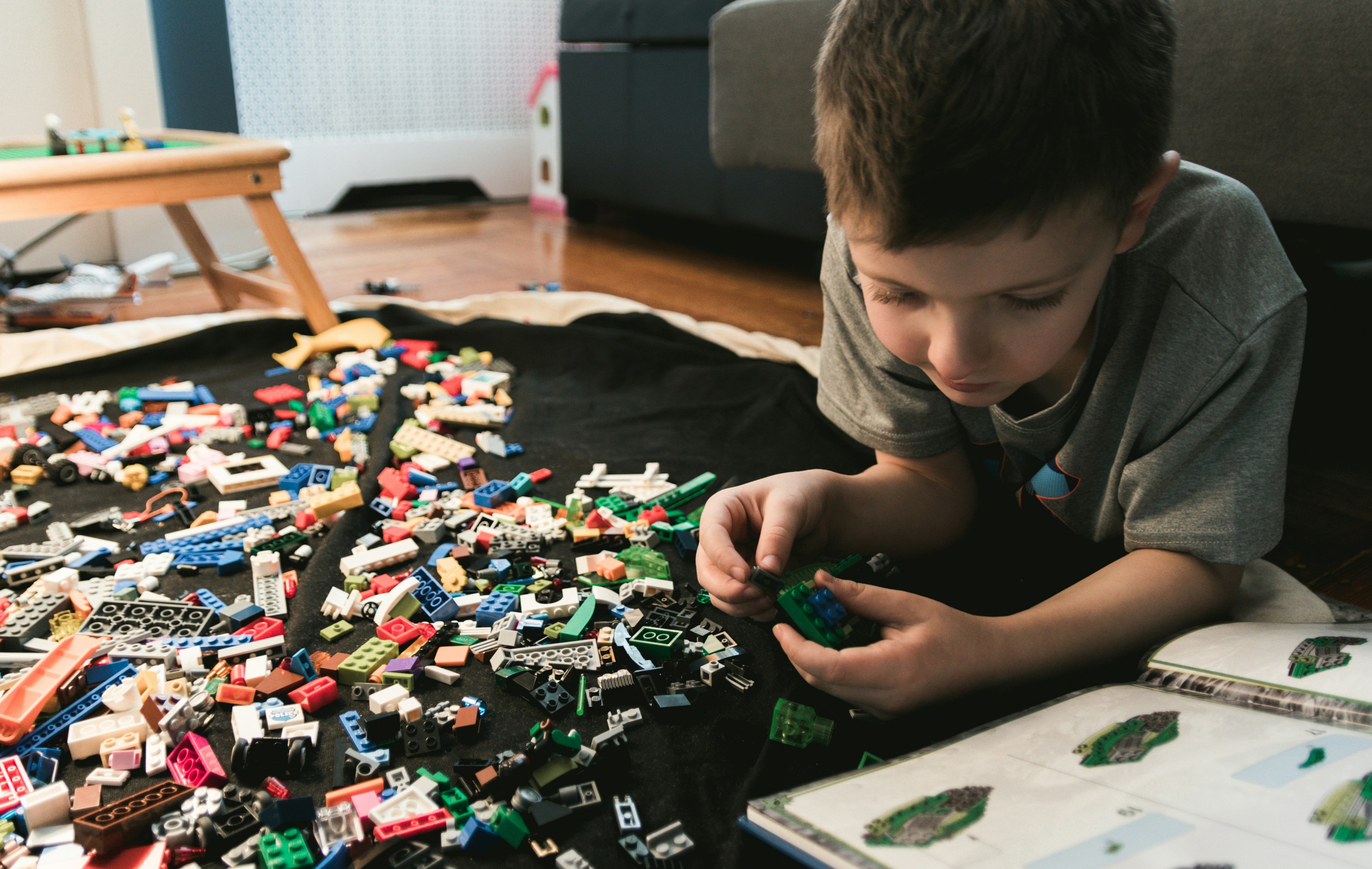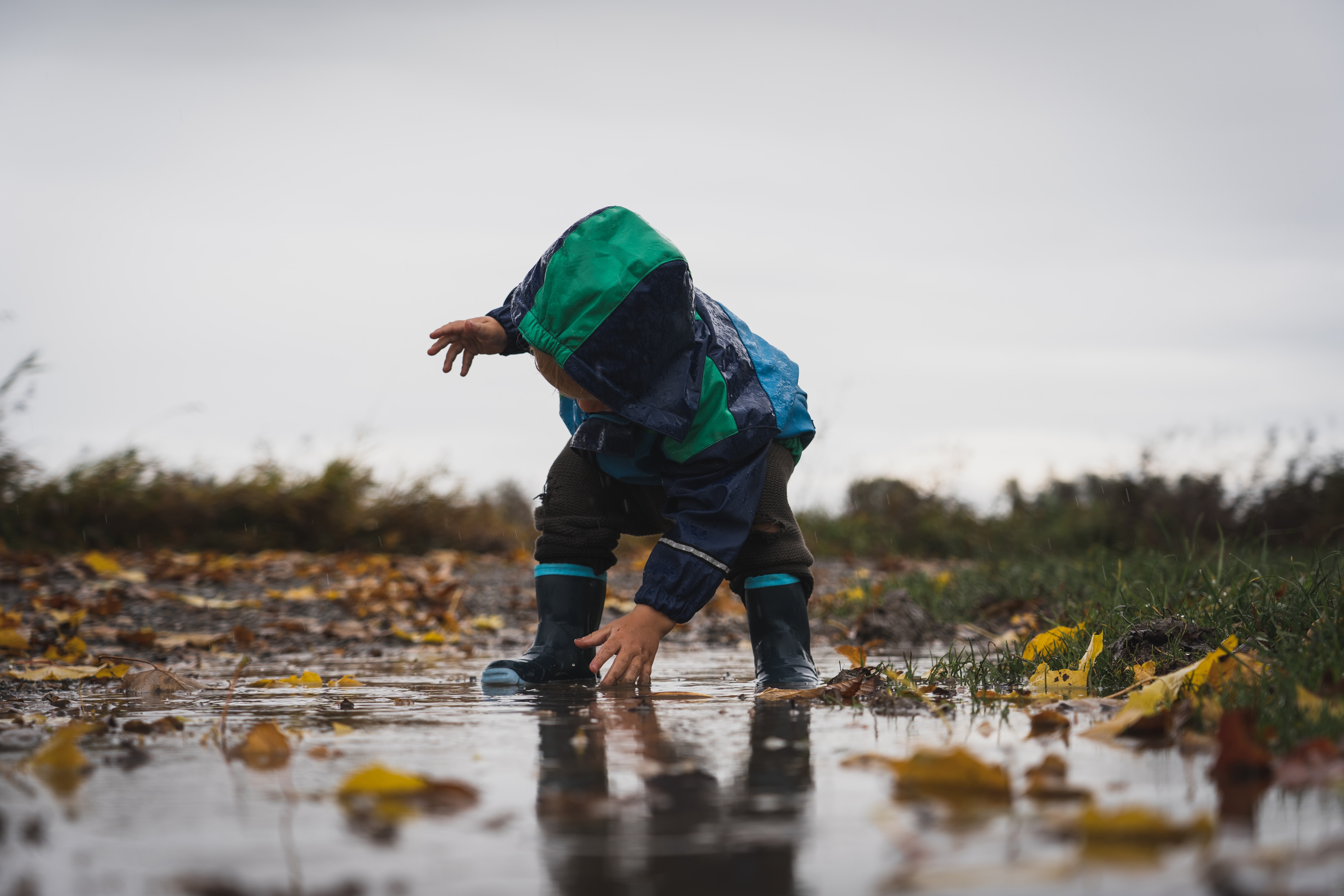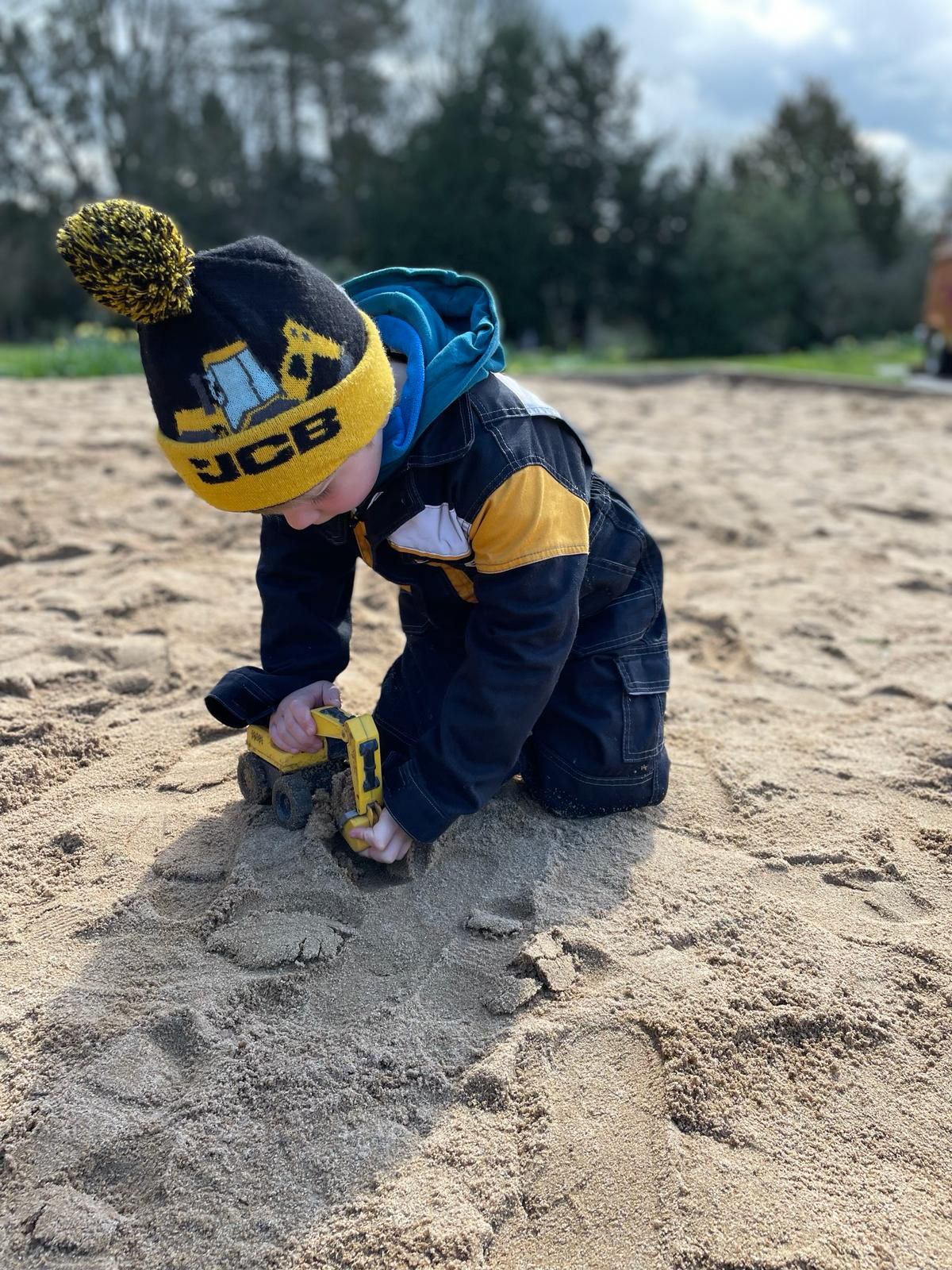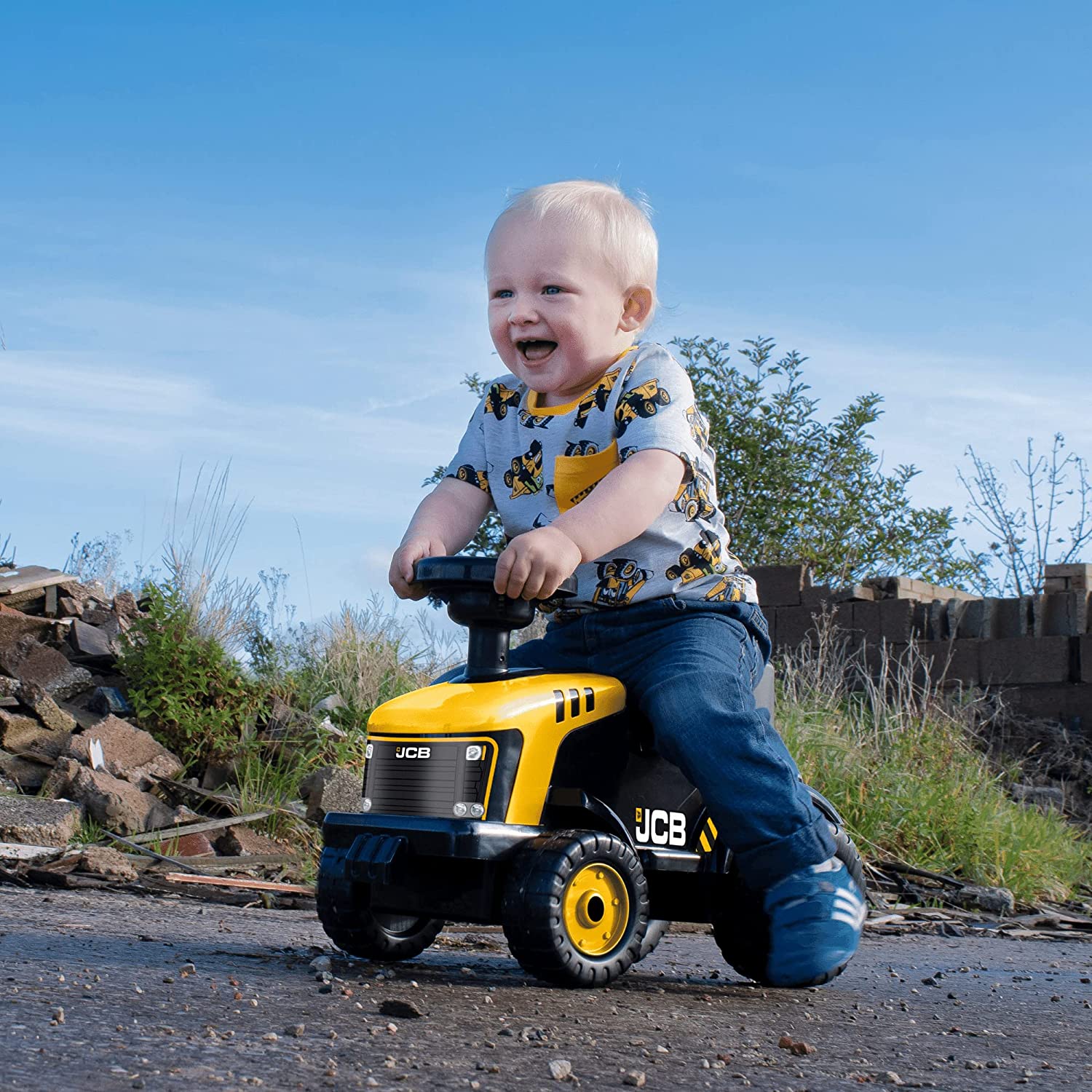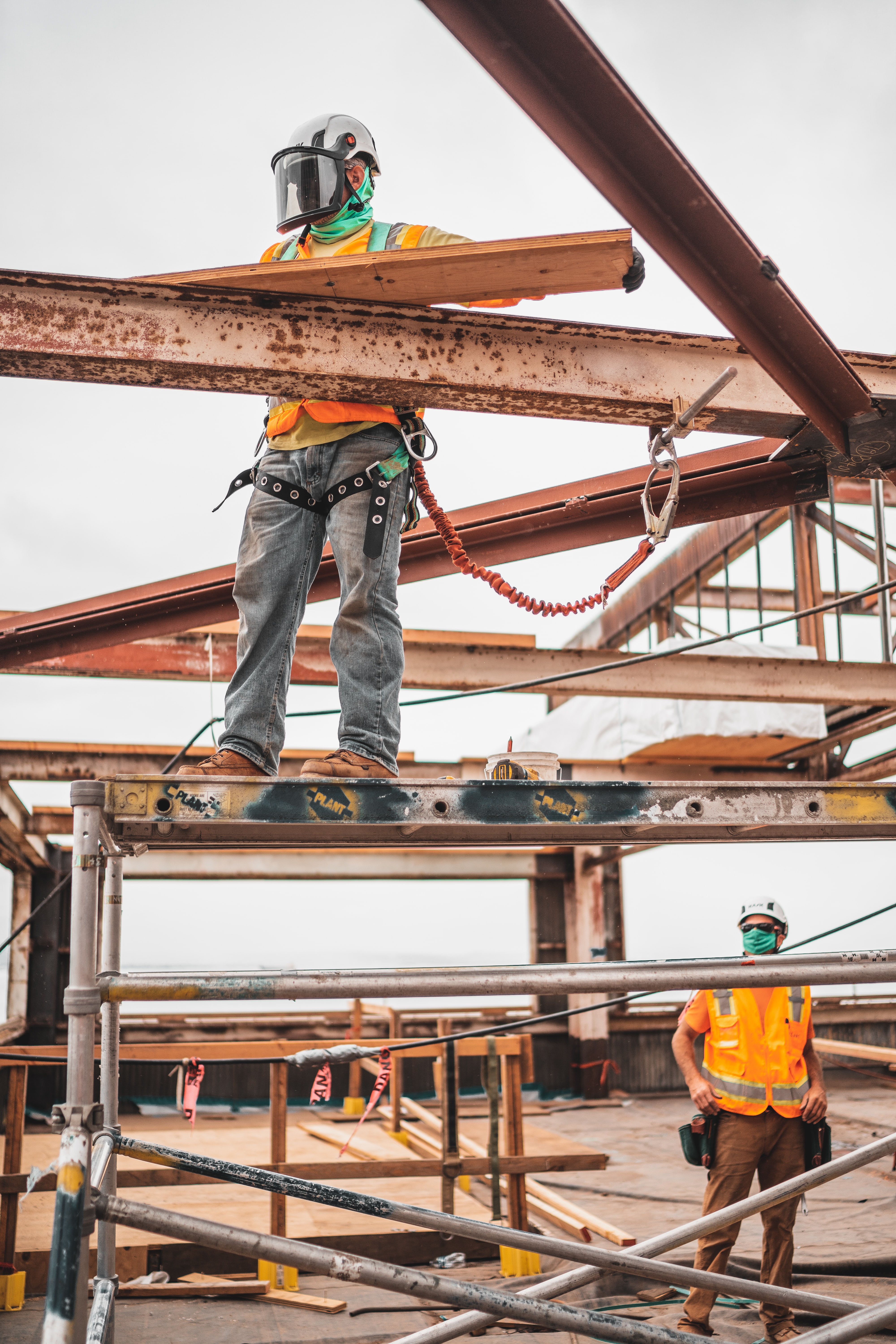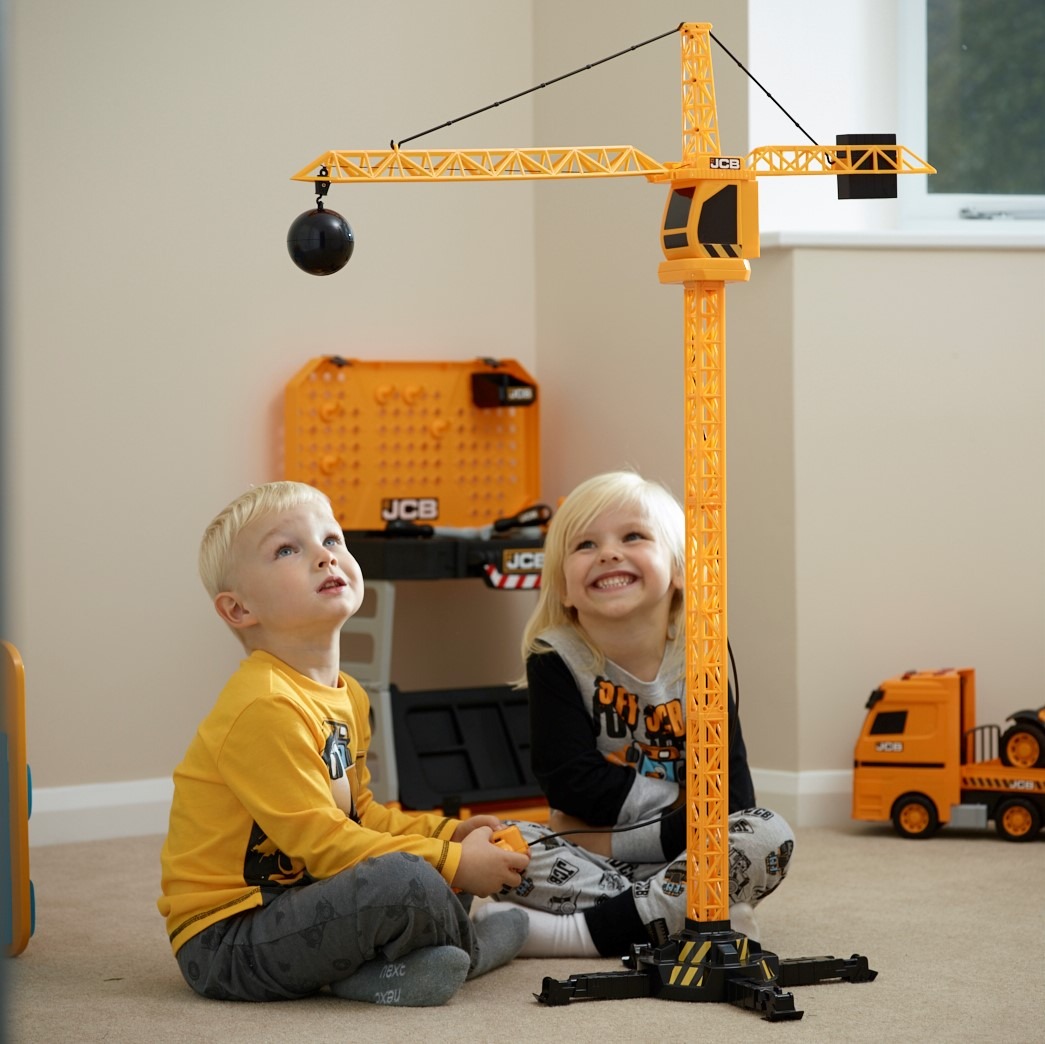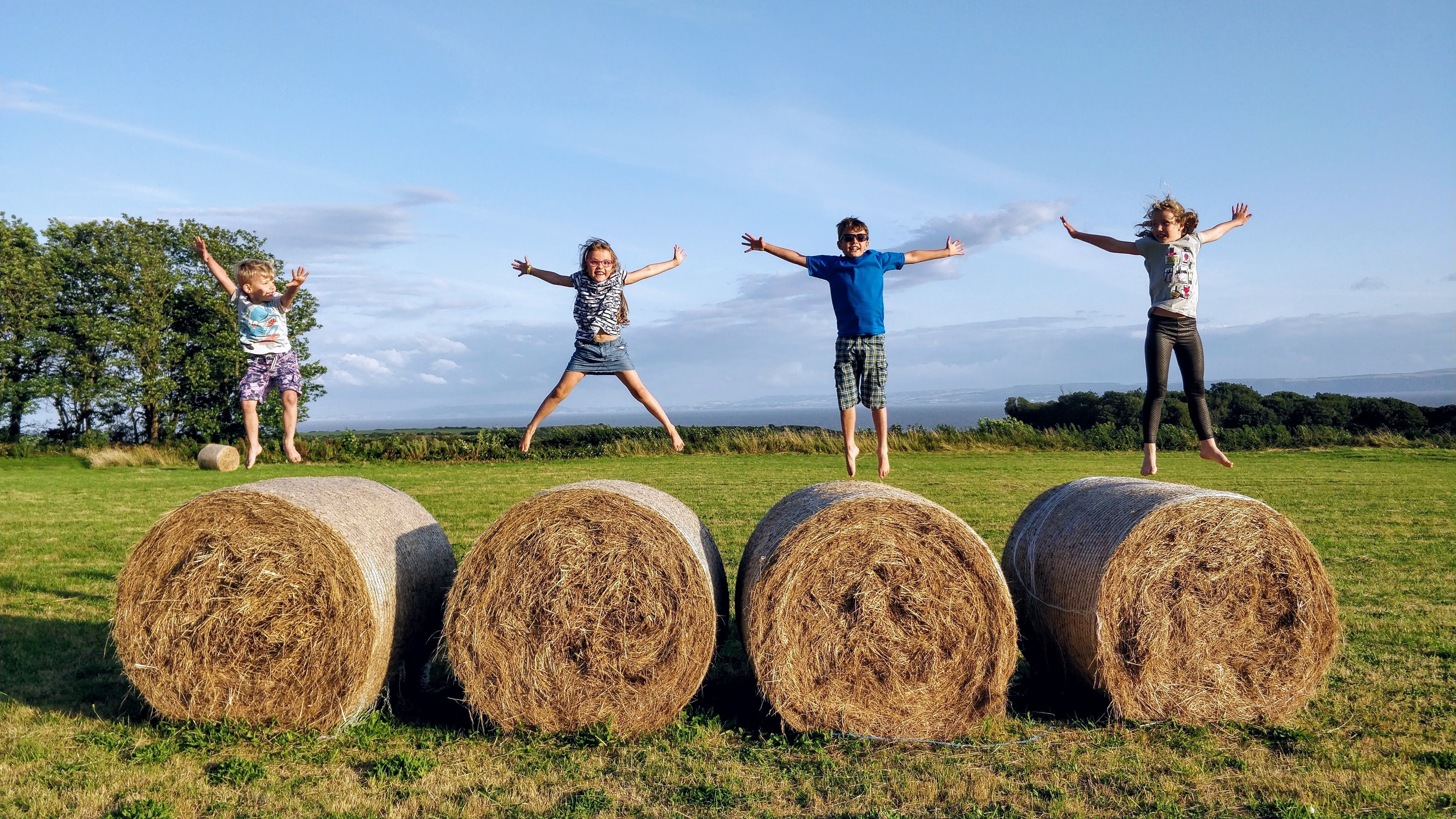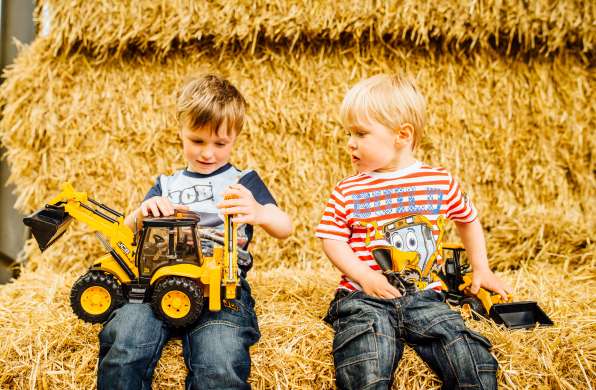In today’s busy world, finding meaningful ways to connect with your children can be a challenge. Constructive play is a fantastic solution, combining fun, learning, and bonding in a way that’s both rewarding and memorable. At JCB Explore, we understand the importance of these moments and want to help you make the most of them.
Why Constructive Play Matters
Constructive play is more than just a way to keep kids entertained. It’s an essential part of childhood development that helps children build problem-solving skills, enhance creativity, and improve hand-eye coordination. For parents, it’s a unique opportunity to bond with your child, teaching them new skills while creating lasting memories.
Creative Block Building
Building with blocks is a timeless and versatile way to engage in constructive play. Here’s how you can make the most of it.
Collaborative Creations
Rather than simply stacking blocks, turn block building into a collaborative project. For example, you and your child can work together to build a miniature city or a JCB construction site. Allow your child to lead the project by deciding what structures to build, while you offer support and guidance. This approach encourages independence, teamwork, and creativity. It also provides opportunities to discuss real-world concepts like architecture, engineering, and urban planning.
Storytelling with Structures
Take your block building to the next level by incorporating storytelling. As you build, create a narrative that brings your structures to life. For instance, your block tower could be the headquarters of a brave construction crew, complete with JCB machines ready for action. This method not only sparks creativity but also helps develop language skills and narrative thinking. Plus, it makes the play session more engaging and memorable.
Build a Birdhouse or Bug Hotel
This project is perfect for teaching your child about nature and the environment while working together to create something meaningful. Start by gathering simple materials like wood, nails, and paint. Guide your child through the process of designing and building the birdhouse or bug hotel, allowing them to take the lead in decision-making. Once the project is complete, you can paint and decorate it together, making it truly unique. This activity not only enhances fine motor skills and creativity but also fosters a sense of responsibility and care for the environment.
Build a Fort or Teepee
Using natural materials like branches, leaves, and twine, you and your child can build a cosy fort or teepee in your garden. Begin by discussing how to make the structure sturdy and weather-resistant, encouraging problem-solving and teamwork. Once the fort is built, it can become the setting for all kinds of imaginative play—from pretending to be explorers to having a picnic inside. This activity not only develops your child’s creativity and practical skills but also provides a great space for bonding and storytelling.
Tips for Successful Constructive Play
The goal is to have fun and connect with your child, so be patient and offer encouragement. Let your child’s creativity shine, even if the end result isn’t perfect. Give your child the opportunity to lead the play. This builds confidence and independence, while still allowing you to participate and support their efforts.
Constructive play is a wonderful way to strengthen your bond with your child while fostering creativity, problem-solving skills, and a love for learning. At JCB Explore, we believe that these moments of play are invaluable, creating memories that will last a lifetime. Whether you’re building with blocks, working on a DIY project, or constructing a fort outside, these activities offer endless opportunities for connection and growth.




